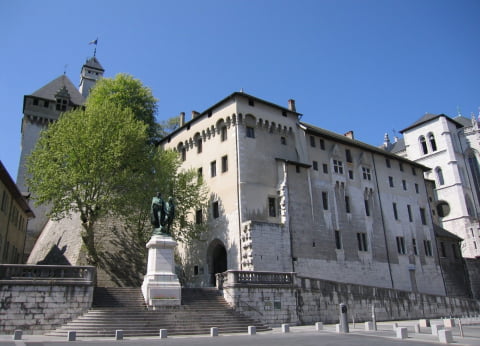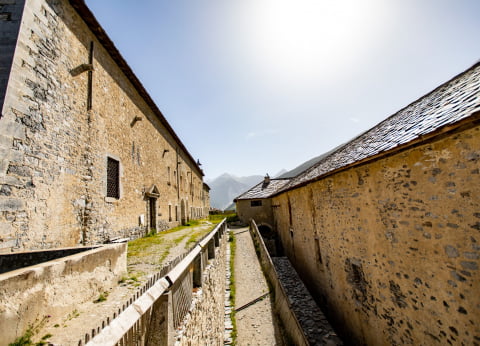Fortresses in the Savoie, 18 sites to discover

WHY FORTS?
With the establishment of the House of Savoy and the duchy circa 1000, fortresses were developed to protect routes to alpine passes in the event of attacks. The structures—from simple keeps to fortified castles—sat above to dominate the routes. Closer to cities or borders, their purpose was to protect the kingdom. The development of these fortresses accelerated during the time of the Duchy of Savoy.
At the end of the Middle Ages, the castles adapted to more modern conveniences of comfort.
Moreover, the army was using metal cannonballs, so protection of the forts was no longer needed. They dwindled little by little or were limited to just residential use. With the transfer of the capital of the duchy from Chambéry to Turin in 1563, the Savoie was no longer a strong defensive line. Only the modernised forts in Charbonnières and Montmélian retained this role before being demolished. At the beginning of the 19th century, the Esseillon fortifications were built.
But the French annexation of the Savoie, the shifting of the border, and the development of artillery shells made the forts obsolete. The Séré de Rivières forts were all that was needed to protect the Alpine valleys. The creation of powerful explosives at the end of the 19th century forced the French to build new concrete forts for better defence. The Maginot Line, installed to stop the Fascist armies in 1940, reinforced the number of fortifications along the border, which would be abandoned after World War II.




